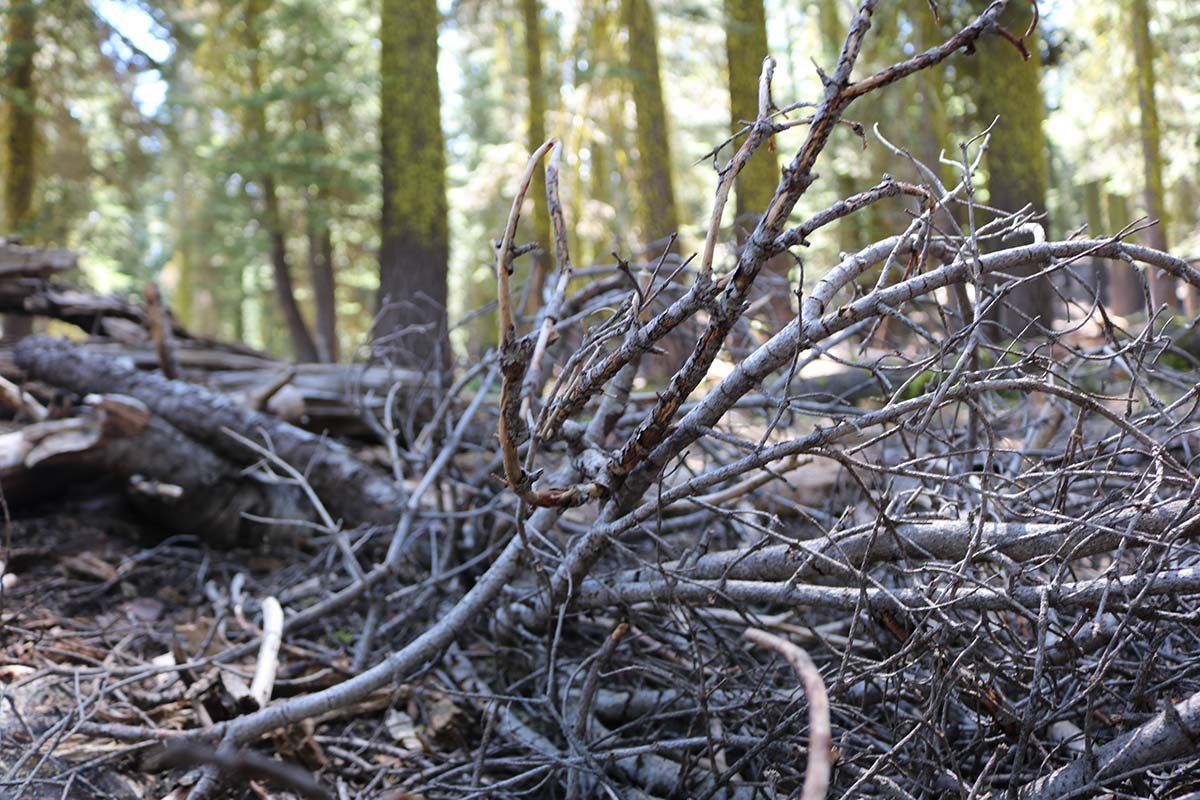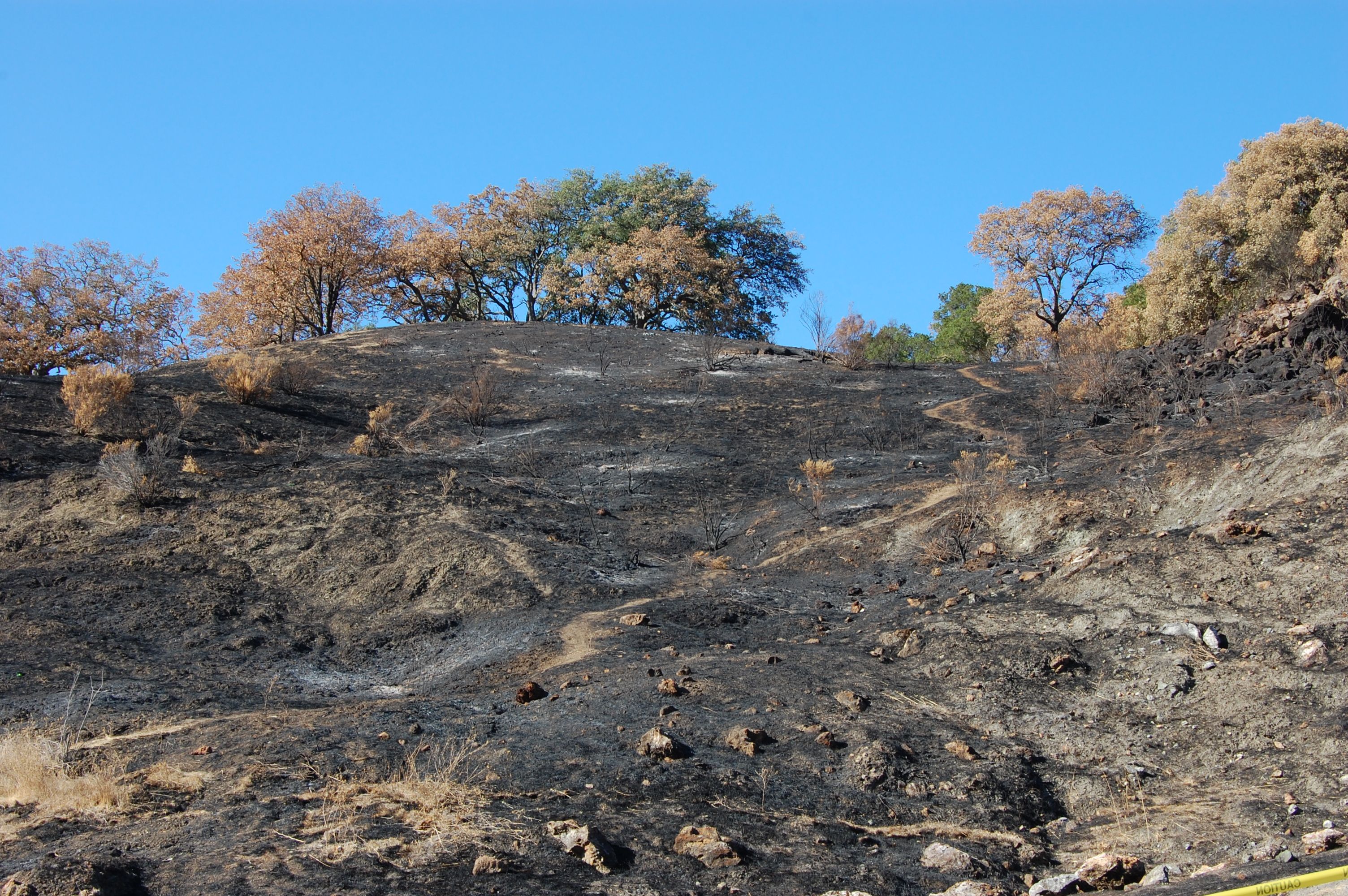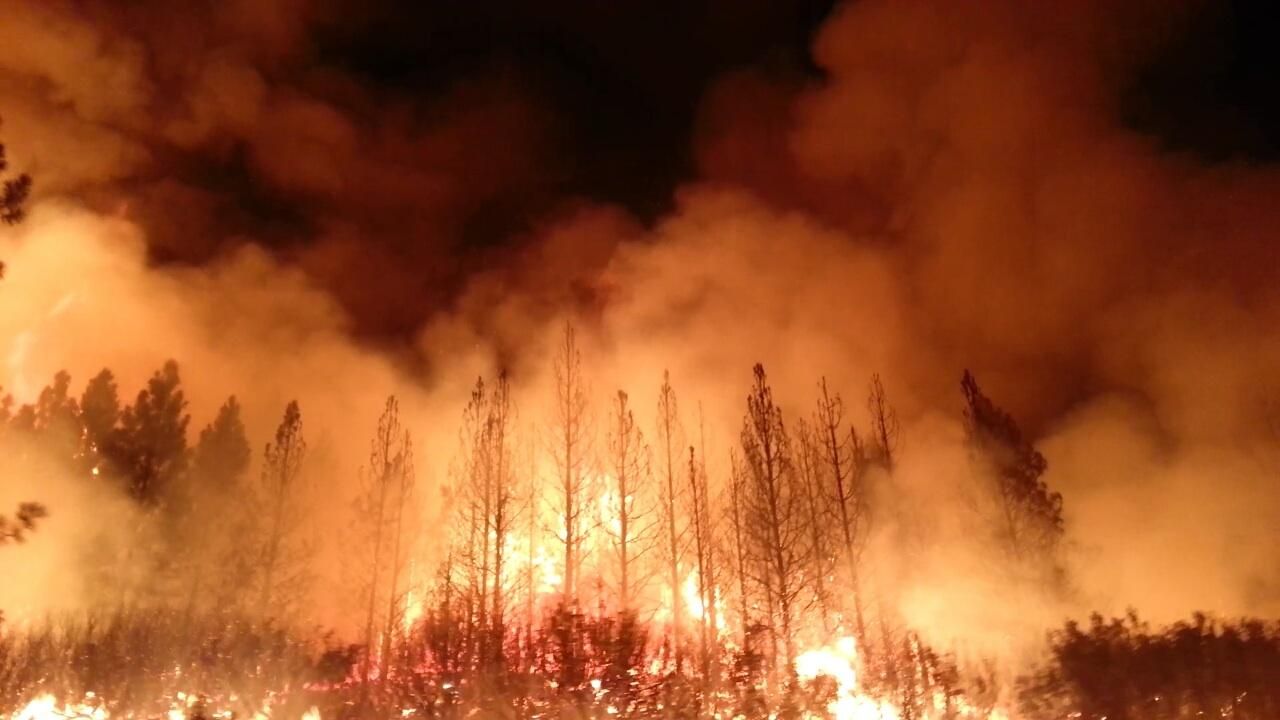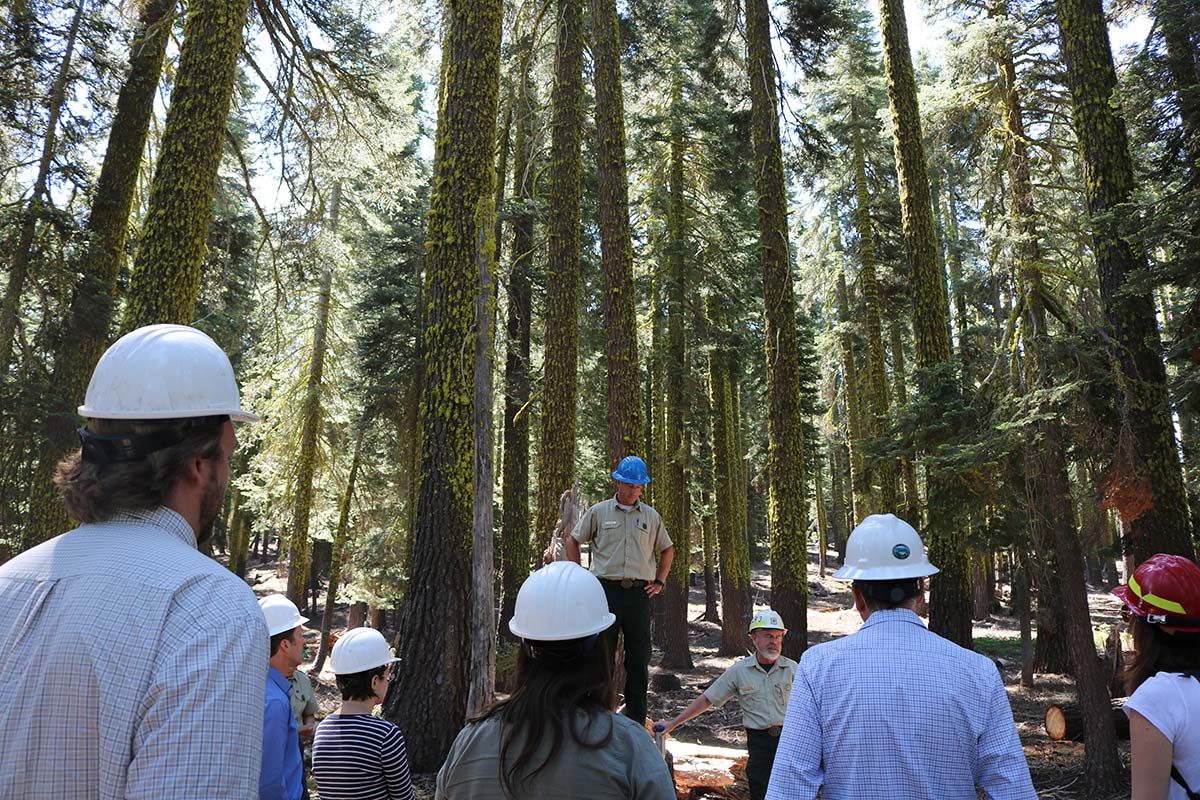Blog
Forest Resilience Bond: a new mechanism for fighting fire with finance

In this short video I'll cover Calvert Impact Capital's recent investment in the Forest Resilience Bond, which aims to reduce the risk of severe wildfires in the Tahoe National Forest. Below the video you'll find more detail about the causes of wildfires, their effects, and how the Forest Resilience Bond aims to help.
Calvert Impact Capital recently invested $1 million in the Forest Resilience Bondpilot project. The financing mechanism, developed by Blue Forest Conservation in partnership with World Resources Institute, will fund forest restoration work on 15,000 acres in the Tahoe National Forest in California. Restoration work includes thinning forests with crews and heavy equipment, doing controlled burns to get rid of dead vegetation and excess brush and plant matter, and restoring native species. It is called restoration work because the aim is to restore the ecological functions of forests to their healthy natural state—the way they would have been 150 years ago.
The conditions for wildfires
This season and last have brought particularly devastating wildfires in the Western US. A few things are at work here. Before widespread human settlements, brush buildup in forests would be reduced by frequent, low-intensity fires every 10 or 20 years. These low-level fires have historically been suppressed over the last ~100–150 years leaving forests unnaturally dense.

Recently, we have also seen widespread tree mortality from drought and insect infestations resulting in lots of dead dried out trees. Further, the winter snowpack is melting earlier, extending the dry season and leaving fuels more receptive to igniting. There is so much fuel that when a fire occurs, it is larger and more intense—not only destroying property, but also damaging natural ecological systems.
Effects of large wildfires
One important thing to understand is that large, catastrophic fires burn differently than the smaller, low-intensity fires. Logs, branches and brush behave differently at varying temperatures. Bigger fires burn at a higher temperature, spread faster, and are less predictable.

Also, some species that are integral to forest ecosystems, like lichens, respond differently to different types of fires. Lichens provide food and habitat for other organisms and absorb everything in the atmosphere, including pollution—they can be thought of as natural air purifiers. While they can withstand a lower-level fire, they may need a decade or longer to recover after a severe fire. A severe fire also scorches soil and changes the hydrology of an ecosystem. After a severe fire, rainfall carries soot and ash into the water supply, along with more sediment, nutrients, and other pollutants from hillslope erosion, increasing treatment costs for utilities. It can take generations after a fire for a forest to regain its natural ability to filter water and control sediment. A high-temperature fire can also cause the soil to temporarily repel water, which along with the loss of vegetation can transport rain much more quickly to the river, increasing the risk of flooding to downstream communities and infrastructure.
Budget shortfalls limit the scale of intervention
The US Forest Service (USFS) cannot pay for the scale of restoration work that needs to be done. According to the US Forest Service, 65 million acres of public forest land face a “high or very high risk of catastrophic wildfires” (USFS 2012). Its budget has been overwhelmed by firefighting costs. As a result of progressively more severe and costly wildfires, USFS is experiencing serious budget constraints and increasingly is forced to make “fire transfers”—diverting funds from prevention, such as forest restoration, to fire suppression. Blue Forest Conservation estimates the need for restoration work on federal land exceeds $60 billion, compared to the 2017 budget allocation of less than $500 million. The Forest Resilience Bond concept is to pay for forest restoration work that USFS currently cannot afford to do.

How the Forest Resilience Bond works
This financing mechanism is exciting because it provides a way for numerous beneficiaries of forest restoration to pay for part of the restoration work. Healthy forests are important natural infrastructure—providing for clean drinking water, carbon sequestration, habitats for wildlife and pollinators, and human recreation and enjoyment. About 180 million Americans across 68,000 communities rely on water that originates from forested lands managed by USFS. Diverse benefits from forest restoration work accrue to a wide range of beneficiaries, such as USFS, water and electric utilities, water-dependent companies, state and local governments, recreation companies, and more. Most beneficiaries currently pay nothing but also face the risk of large expenses if a catastrophic fire were to occur. Through the Forest Resilience Bond pilot, the Yuba Water Agency and the state of California will each pay for part of the cost of doing restoration work—reducing the likelihood of a catastrophic wildfire. The Forest Resilience Bond leverages private capital to provide bridge financing for forest restoration work and enables multiple beneficiaries of the restoration to each pay less than the full cost of the work.

The Forest Resilience Bond fits well with our strategy of providing financing to innovative scalable mechanisms to address issues we are facing like climate change and forest fires. If successful, Blue Forest Conservation hopes to scale this mechanism to address a larger section of the Tahoe National Forest as well as other National Forests throughout the US.





